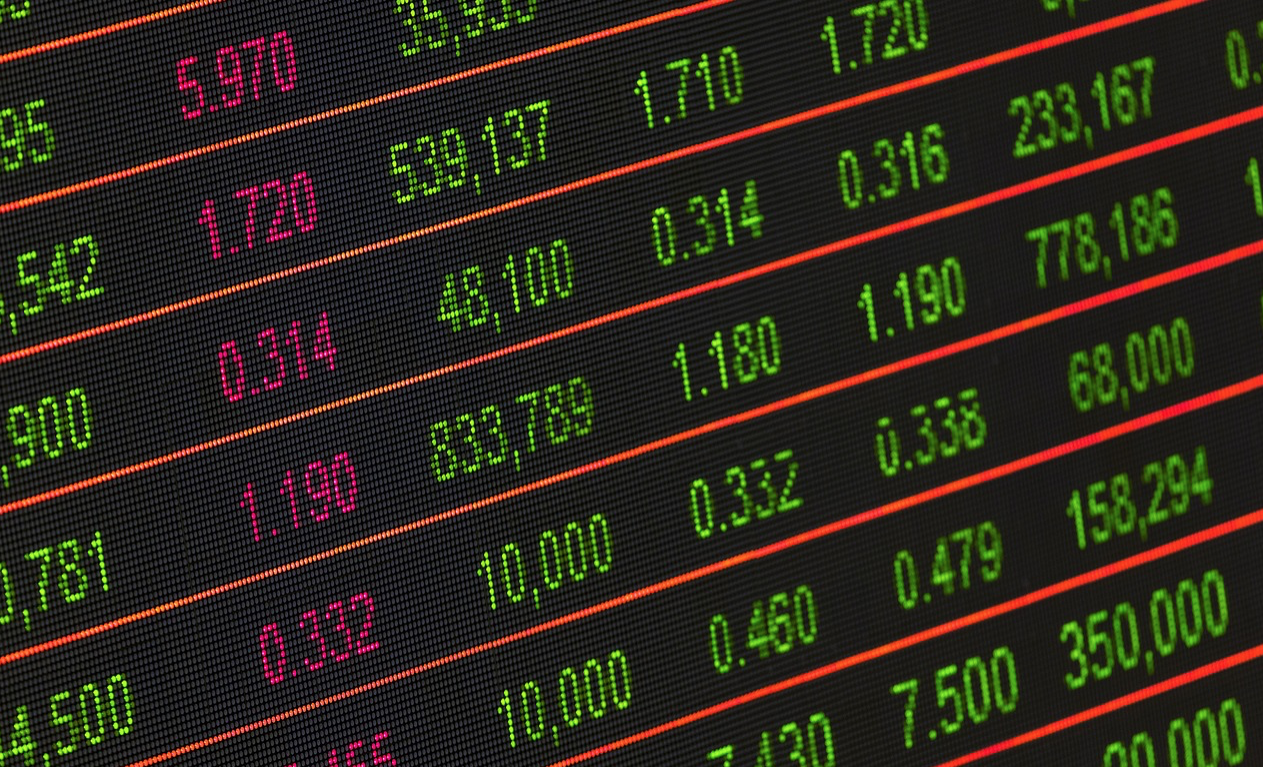Because the US and the UK have sent the markets on a roller coaster

Financial markets are experiencing a period of dizzying volatility due to inflation in the US and turbulence in the UK. The analysis by Sonal Desai, Chief Investment Officer of Franklin Templeton Fixed Income
Financial markets are currently experiencing a period of dizzying volatility. Point One: The US stock rollercoaster ride linked to inflation announced for September. Point two: the recent turbulence in the UK financial markets. High volatility and high uncertainty create a difficult environment for investors. In my opinion, the top priority for developing a successful investment strategy in this context should be to define the fundamentals. These suggest two observations: (i) to paraphrase Tolstoy, all stable markets look alike, but each unstable market or country is unstable in its own way; (ii) nevertheless in the context of investments there is a shift in fundamentals driven by structural forces that unite them.
Let's start with the reflections on inflation. Consumer inflation remains at record highs in all major developed economies: in September it reached 8.2% yoy in the United States, 10% yoy in the eurozone and 9.9% yoy in the United Kingdom (in August) *. These figures represent inflation rates that have not been seen for fifty years now. This common trend can only be traced back to a single cause: indeed, the energy shock and supply chain problems have played an important role around the world. Yet there are substantial differences between the nature of inflation pressures in the US and Europe. In the United States, there was massive fiscal expansion during the pandemic, and fiscal stimulus persists in the form of subsidies and debt relief programs. Excess demand is therefore an important driver of inflation: although falling energy prices brought headline inflation down, core inflation (excluding food and energy) accelerated beyond expectations, climbing 6.6%: the highest level in the last 40 years. This year inflation has so far averaged 6.2%, and shows no signs of decreasing: on the contrary, it is increasing. The last time it was below 2% was in March last year. Meanwhile, aggregate demand continues to be resilient and the labor market remains more rigid than ever. Excess demand is an important driver of inflation, as the Fed belatedly acknowledged. The Fed therefore cannot stop rate hikes anytime soon, and it will not; I predict that the Fed Funds rate could easily rise above 5%. The eurozone, being heavily dependent on Russian gas, has suffered much harder from the energy shock, which is the main driver of inflation and represents a major risk to growth. The European Central Bank (ECB) needs to tighten its policy but it doesn't need to be as aggressive as the Fed.
The UK unquestionably suffers the worst of both worlds: an energy price shock comparable to the eurozone, exacerbated by wage pressures. With a more vulnerable pension system (a heavier defined benefit component drove a more extreme search for yield) as well as the residential market (larger share of variable rate mortgages), the UK faces more serious risks both in terms of inflation and growth. These differences result in a notable divergence in the policy stance of the major central banks, from the Fed's very aggressive turn to the Bank of Japan's wait-and-see attitude, which in turn fuels extra volatility in the currency markets. Behind these diverse challenges, however, there is also another factor in common: overly accommodative global monetary policies for an excessive period of time. The trigger was supply shocks, however accommodative monetary conditions allowed inflation pressures to broaden broadly. The other important consideration for investors is that we are seeing economic and financial fundamentals return to center stage. It was clear that a world of zero interest rates, endless quantitative easing, and persistently growing debt would not be sustainable. The delusion that it could last forever has revealed itself for what it is: a pious illusion. Supporters of the Modern Money Theory are silent. The transition to a return to reality was always going to be difficult.
Hence the volatility, considering that the strategies aimed at the search for income designed for a context of "secular stagnation" must be completely revised. With fundamentals returning to center stage, investment strategies need to hinge on a more realistic assessment of any policy prospects and focus more than ever on fundamental analysis. I predict that inflation will stay higher for longer, and that the Fed will therefore necessarily have to maintain a stricter policy stance for an extended period of time. The scenario that I believe most likely is that of a modest recession that would accompany slow disinflation. I don't think we will return to a world of extremely low interest rates, or at least only in a very distant time.
This implies a very important change in the context of bond investing. Higher returns will bring new income-generating opportunities and major shifts in the determinations of the risk-return ratio. I am convinced that yields are set to rise further, but as the peak of the cycle approaches, the first to benefit will be US Treasuries and investment grade bonds. Looking at riskier asset classes in general, such as high yield and emerging markets, we believe that careful stock selection in the coming quarters will allow investors to start taking advantage of yields that are currently in many cases above 10%.
This is a machine translation from Italian language of a post published on Start Magazine at the URL https://www.startmag.it/economia/inflazione-stati-uniti-europea-mercati/ on Sat, 29 Oct 2022 05:53:55 +0000.
